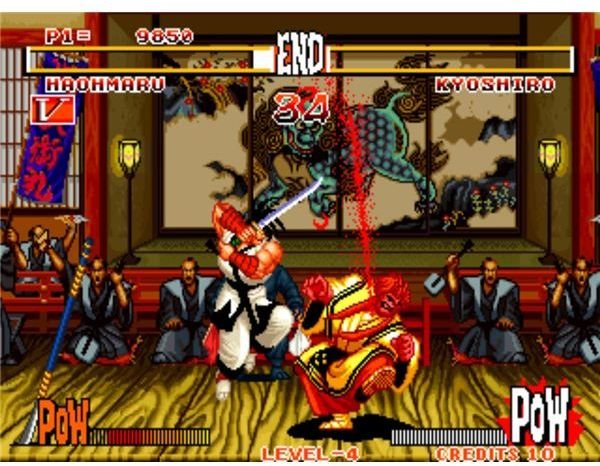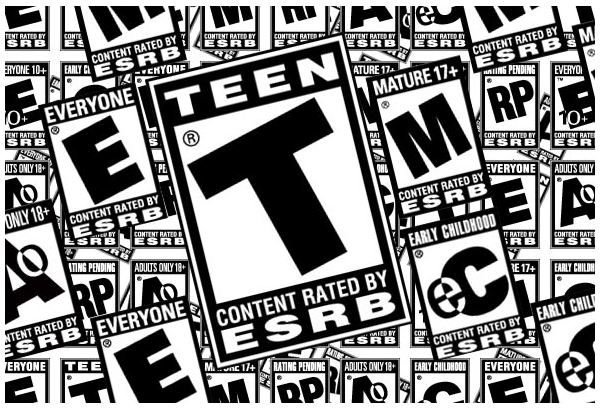Do Violent Video Games Influence Children?

Introduction - Do Violent Video Games Influence Children?
In the middle of the 1990s a spate of stories in the media linking the violent content of certain video games such as Mortal Kombat with violent behavior in children who had played them appeared. This link in the public mind was compounded following the horrific events at Columbine on April 20th 1999, as the mainstream media focused a large percentage of their coverage of the two shooters background on their gaming habits, and implied a direct causal link. Since that time, there has continued to be largely negative coverage of video games from mainstream sources, often arguing that video game content has a dangerous influence over children. However, there has been little actual debate in public forums over whether a causal link between violence in virtual worlds and real life actually exists, and whether children are directly influenced in their actions by video game content.
In 2007 the United Kingdom government asked Professor Tanya Byron to set up an independent review on the possible harmful effects on children from Internet use and gaming. Professor Byron reported back with her conclusions in 2008, and the evidence she collated showed that we as parents and as a society need to change how we perceive children and their interactions with digital media.
The Byron Review
Professor Tanya Byron’s report found that while there was evidence of some children displaying short-term aggressive behavior after playing violent video games, there was no evidence of any long-term effects. Also, the children who displayed behavior considered ‘harmful’ after gaming always presented other risk factors, meaning that any direct causal effect from violent video games was not supported by the evidence.
The report went further, though, in stating that society as a whole must start approaching such claims of direct causes with more caution. Instead of a blanket assertion such as “violent video games are bad for children”, each child needed to be approached as an individual. Professor Byron asserted the vital importance of parents taking an interest in the games their children play, and overseeing what content they consume. Only the parent of that particular child can judge what is appropriate content for them.
Games are Media, Not Toys

Part of the issue with video games is that since the early 1980s they have been perceived as being related to toys. Many leading toy superstores stock video games and consoles, and early advertising often presented consoles and home computers as a form of educational toy, along with the use of child-friendly video game “mascots” such as Mario and Sonic. This perception of games as something only for children became entrenched in the media, leading to a fundamental misunderstanding of what games are.
Games are not toys. They are a form of media, and like other forms of media such as DVDs, books and television programming, games may contain content that is inappropriate for children of certain ages. The range of content in games, including content only suitable for adults, is only going to increase as the video game industry becomes the dominant form of media in the 21st century. In the same way that there are films suitable to audiences of all ages, and films that are only suitable for adults to watch, so games will divide along age-appropriate lines.
Video games may not directly cause violent behavior in children, but there is also no doubt that some games, aimed at an adult audience, will contain material that is not appropriate for children to observe. It is vital parents take a pro-active role in judging what games are appropriate for their child, because only they have the knowledge and understanding of how that child perceives the world and how mature they are in their understanding of concepts such as the difference between fictional worlds and reality.
If your child is not mature enough to read a Stephen King horror novel, don’t let them play Alan Wake. If you consider the fictional material covered in television series such as 24 to be too strong for your child, don’t let them play Splinter Cell: Conviction. If you wouldn’t let your child watch the Sopranos, why let them play Grand Theft Auto IV?
What Parents Can Do
-

When your child asks for a particular game, inspect the ESRB rating on the box. Study the cover artwork and read the blurb describing the game’s content on the back. If you are not comfortable with the content depicted within, or your child’s ability to handle those concepts, do not buy the game.
-
If you are unsure about a particular title, check the internet for reviews on leading game sites. If you are not a gamer yourself, some of the jargon may be bewildering, but the content of the game’s narrative and imagery will usually be discussed, allowing you to make a judgement on whether it is appropriate for your child.
-
Check the ESRB website for further information on a particular game. The ESRB homepage includes a search box where you can enter the title of a game and discover why it has received a particular rating.
-
There are an increasing number of websites devoted to helping parents understand video games and their content, such as What They Play. These are great sources of information for parents on gaming and its culture.
-
Get involved! The principal reason your child plays games is because they are fun. Why should you miss out on the enjoyment? The rise of consoles and games aimed at families, such as the Nintendo Wii, means that sharing the pleasure of gaming with your children has never been easier. The more gaming time you share with them, the more insight you will have into their gaming habits.
Conclusion

The concept of violent games influencing children has become a popular media topic, but without a good grounding in scientific study and social research. It is simply easier for the mainstream media to scapegoat a new form of entertainment that they struggle to understand than engage with the real underlying social issues that contribute to violent behavior in children, such as poverty, family breakdown and domestic violence. It is repeating a pattern seen with comic books, television and rock n’ roll in the 1950s and 1960s. A divide has grown between adults and the younger generation since the Fifties in terms of social habits and media content consumed, leading to distrust and unfounded assertions on both sides of that divide.
The best way parents can monitor the effects video games, violent or otherwise, have on their children is to get informed and involved. No-one understands your child better than you.
